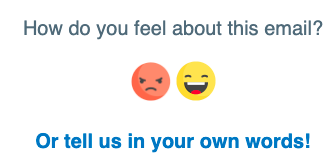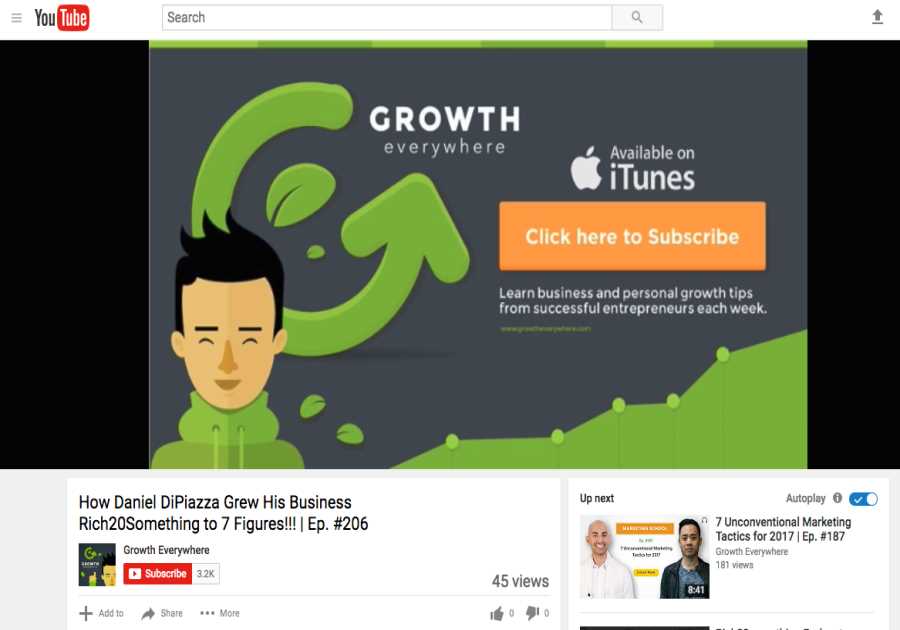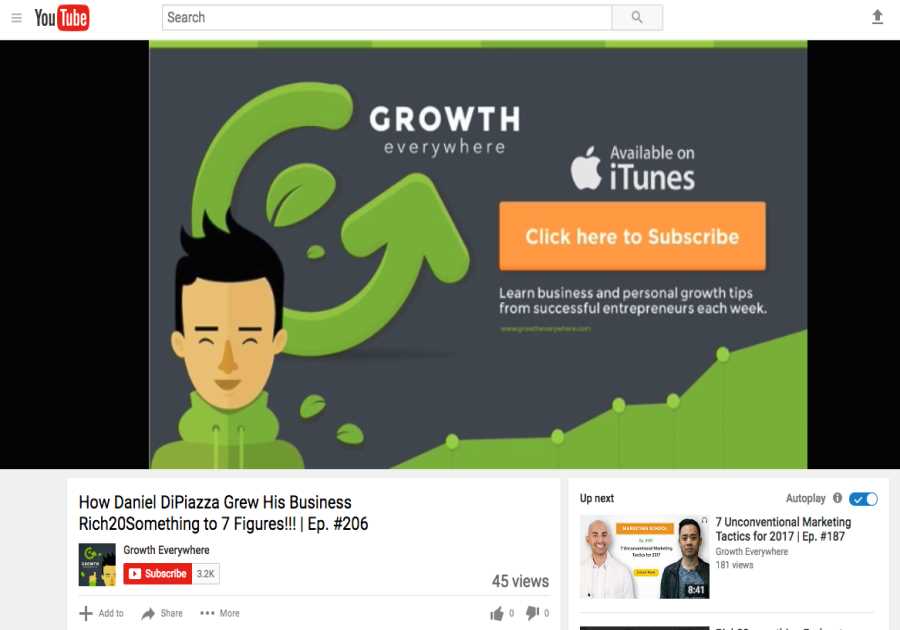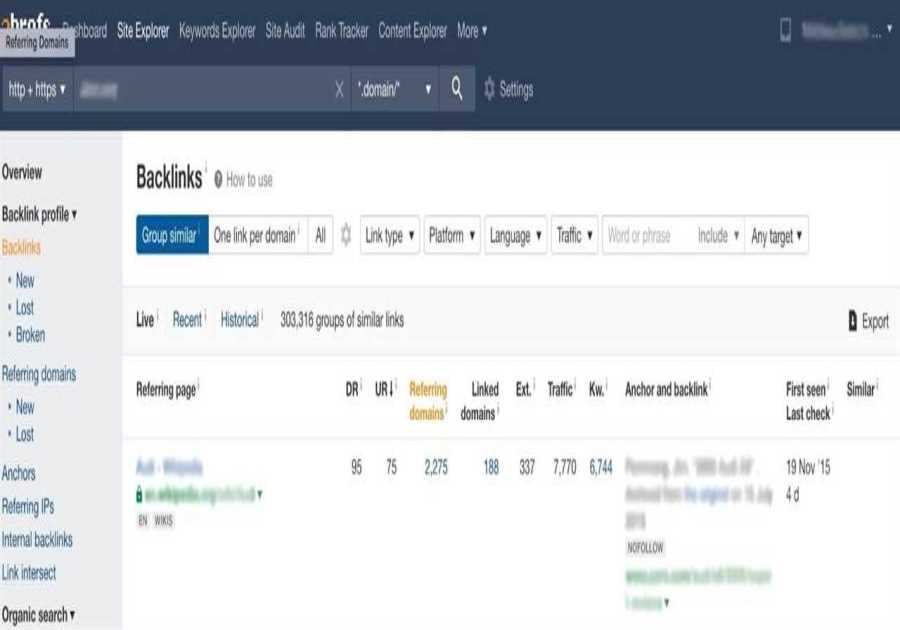
Phew, what a year!
I’m sure I’m not the only one who feels 2020 was quite the whirlwind. I don’t know about you, but I’m certainly looking forward to a fresh start.
The global pandemic brought about unforeseen challenges for small businesses — and many felt the impact on their marketing. In fact, of the 79% of marketers who have a content marketing plan, 70% adjusted their plan due to the global pandemic.
So as we look forward to a new beginning, reflecting on the year behind us can give us a lot of insight. Spend some time before the end of the year to take a step back and reflect on what worked, what didn’t, and what should change going into the New Year.
In this blog, I’ll walk you through how to evaluate your email marketing results and make changes in the New Year.
Don’t have an email marketing strategy in place? Pop on over to read how to create an effective email marketing strategy here before diving into this post.
4 steps to plan your email marketing
Step #1: Evaluate your goals
If you set goals going into 2020, now’s the time to evaluate whether you accomplished them.
Reflect back on the goals you set for yourself in 2020 and answer the following questions:
- Did email marketing help you grow your business?
- How much of an increase in sales did you see as a result of your email marketing?
- Did you build relationships with your subscribers? How?
- Did you grow your email list?
Use the answers to these questions to guide your SMART goals in 2021. This is a critical first step to plan your email marketing for the year ahead.
SMART stands for:
- Specific: Be exact when setting goals and expectations.
- Measurable: Make sure you set checkpoints to measure your progress.
- Achievable: You need to make sure your goal is ambitious, but attainable with your current budget, time, and skillset.
- Realistic: Your goal should be challenging, but within reach.
- Time-bound: Give yourself a due date to complete your goal.
Want to grow your list? A solid SMART goal could be the following: I want to grow my email list to 300 subscribers within the next 3 months.
Step #2: Analyze your ideal subscriber
Chances are you have a specific target audience you want to buy your products or services. We call that your ‘ideal subscriber’ or ‘persona.’
But marketing personas can change over time. Even if you had a defined persona to guide your email marketing, it may be time to look at whether that persona is still the best reflection of your ideal audience. Without an idea of who you're marketing to, you can't plan your email marketing to the best of your ability.
To evaluate your persona, consider the problem you’re solving in your email content, products, or services. Are you addressing their pain points? Who has joined your email list recently? Did anything major change for them in the past year?
It’s important to have a solid understanding of the person you want to target in your marketing. It will guide all your content creation and email marketing planning.
Step #3: Understand your audience's current problems, wants, and needs
People’s needs naturally evolve over time. The problems they faced in the past may not be the same problems they face now.
Think about that. How have your ideal subscribers changed in the past year? How can you help them solve their problems now?
To get the answers to these questions, you might need to do a little bit of detective work. Conduct interviews with your customers or subscribers and hear firsthand about the problems they’re facing, what kind of content they need to help solve their problems, and how your product or service solves these problems.
You can also simply ask in your email marketing. Include a sentiment widget at the bottom of your email (like this one) and get specific feedback about what they liked — or didn’t like — in a message.

Your email analytics can also tell a powerful story and give you an idea of what content they need and want. Look at your open rates and click through rates — what type of content is the most desired? Create more of it.
Mapping out your content ideas in advance with an editorial calendar can help you figure out what you’re going to send and when. It can also help you plan new lead magnets and build out email campaigns around each.
Step #4: Determine your ideal email sending frequency
How often do you send your audience emails? Does that frequency seem to be working? If so, awesome! If not — or if you’re getting feedback that you’re sending too often or too little — it’s time to take a step back and do some research.
If you’re not sure what email sending frequency is reasonable for your business, take a look at what other marketers are doing in your industry. Do you think it’s working for them? What do you like or not like about the emails they’re sending?
Remember, quantity is not always the way to go. More emails does not mean better emails. Find a rhythm that works for you and your subscribers, and write it down on the calendar.
At AWeber, we’ve found that consistency is extremely valuable. For instance, we send our weekly blog digest newsletter, FWD: Thinking, every Thursday afternoon. Our subscribers know to expect a newsletter jam packed with awesome content to help them get better results with emails, and they appreciate the consistency.
If you don’t know what the best frequency is, test it! Email A/B testing, or split testing, is a marketers best friend. Test what days of the week yield better results, time of day, and even how often you send. With split testing, you can test anything in your email and make data-informed decisions to improve your marketing.
Set yourself up for success in 2021
Kick off the New Year with this expert-built email marketing planning and tracking template from AWeber. Organize, track, and measure the results for all of your campaigns, broadcasts, and tests in one, easy-to-use place. Plus, we already put in formulas for you to be able to analyze your email results with ease.
The post 4 Steps to Plan Your Email Marketing for the New Year appeared first on AWeber.






